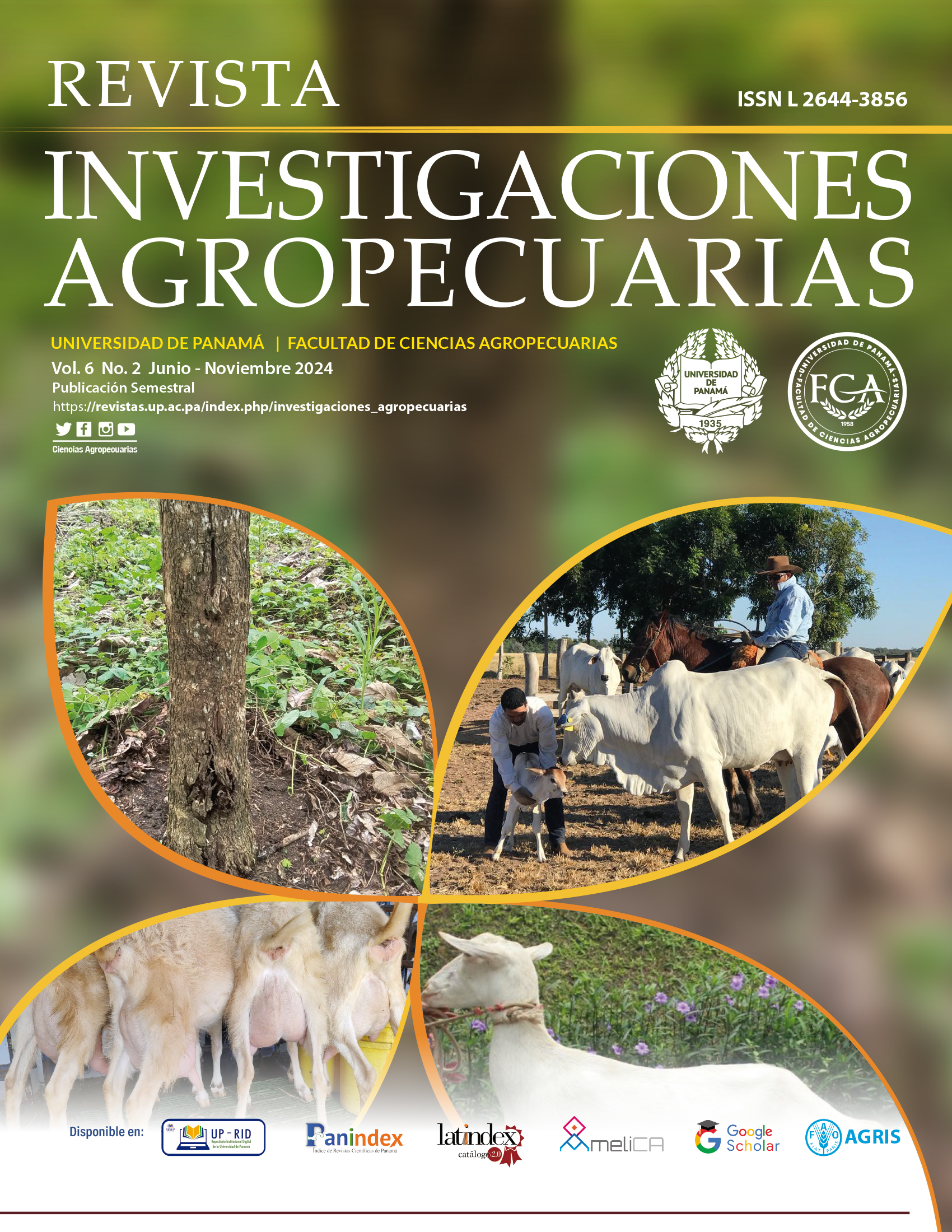

Copyright (c) 2024 Revista investigaciones agropecuarias

This work is licensed under a Creative Commons Attribution-NonCommercial-ShareAlike 4.0 International License.
1,387 records of birth weight were analyzed (BW) of Guzerat cattle were analyzed, registered from 2012 to 2022, belonging to the CA Old Mother Livestock Genetic Center, located in Papelón, Portuguese state. To estimate heritability (h2) for PN, 3 different statistical models were used, using the REML method to calculate the variance components and heritability. To know the effect of the fixed factors (sex and year of birth), an F test and the P value criterion were used, where P values < 0.05 (5%) indicate significant differences between the levels of a factor. To calculate the descriptive statistics, the SAS program was used and the variation components of the first model were used, and Wombat was used for the remaining models. Direct (h2) and maternal (m2) heritability for PN were low (h2<0.25) for the 3 models (only m2 was measured in the third model), indicating that the differences observed in PN are only attributed to additive effects. and maternal to a lesser extent. Due to the low heritability for PN, genetic selection to improve this trait is expected to cause a late effect on trait improvement in the population. Although the heritability is low for PN, it is recommended to take these results into consideration, with the objective of avoiding dystocic births caused by the birth of very heavy calves and also correcting the appearance of weak calves due to very low birth weights.